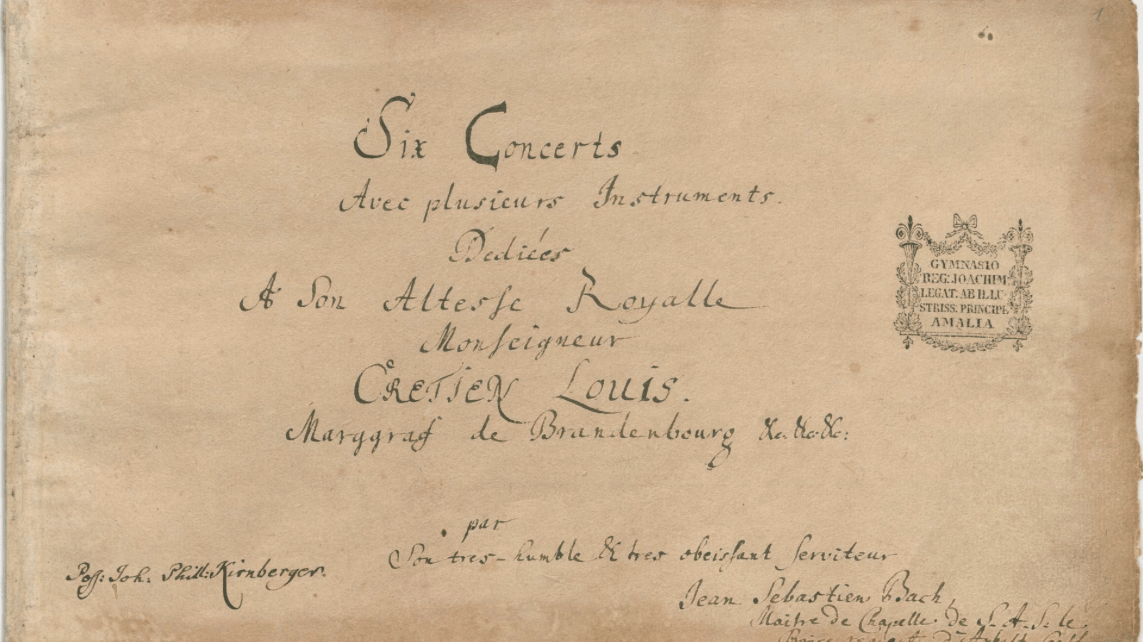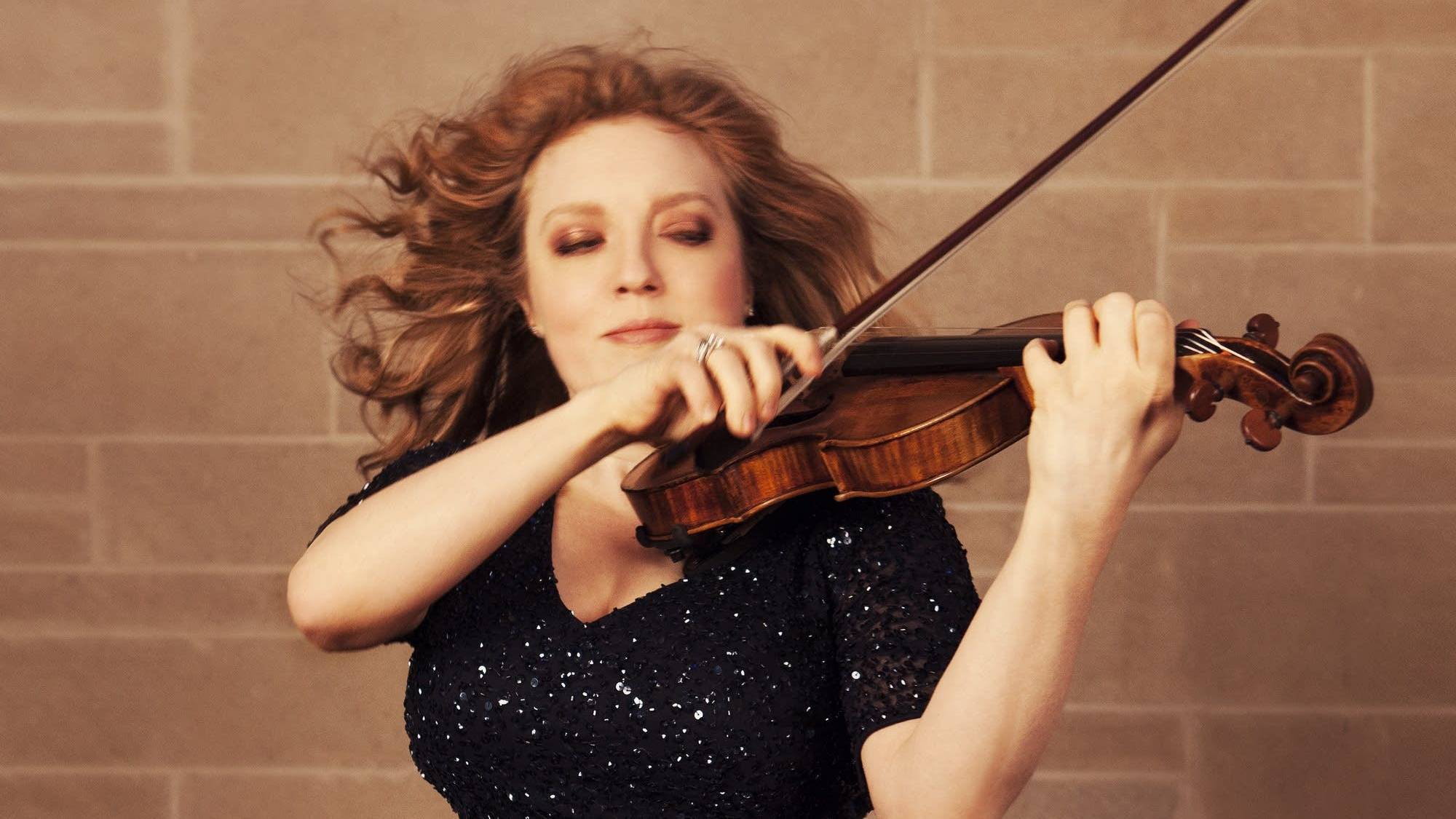New Release: Víkingur Ólafsson Plays Bach
The music of J.S. Bach travels well. It is some of the most perfect and highly-ordered music ever written. Yet it’s also some of the most durable and versatile. These 300-year-old notes continue to come alive in new and exciting ways. We got a sense of this earlier in the month with violinist Hilary Hahn’s fiery, romantic approach to solo Bach, reminiscent of the free and distinctive interpretations of twentieth century artists like Kreisler, Heifetz, …






